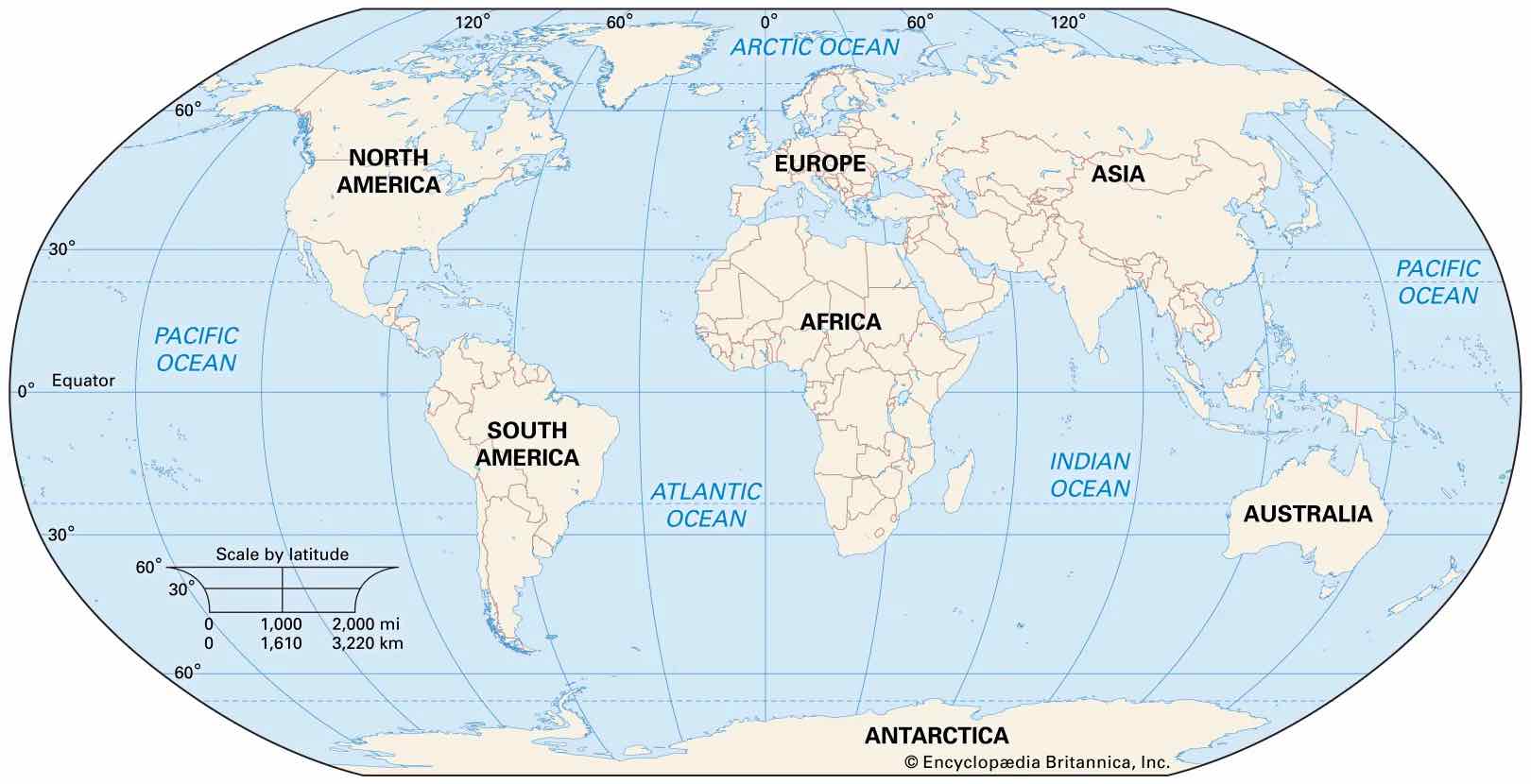Picture this: Some nations are smaller than New York’s Central Park. You could walk across these countries in less than an hour. Some sovereign states would fit inside typical college campuses.
These tiny countries pack more charm, history, and cultural richness per square mile than their larger counterparts. Vatican City dazzles with magnificent art collections while Monaco sparkles with glittering casinos. Nauru’s unique phosphate pinnacles and Tuvalu’s pristine beaches showcase distinct characteristics that prove size doesn’t matter when it comes to travel experiences.
We’ll explore 10 remarkable destinations that make up for their small size with incredible offerings. These micro-states show that the world’s most fascinating experiences often come in the smallest packages.
Contents
Vatican City
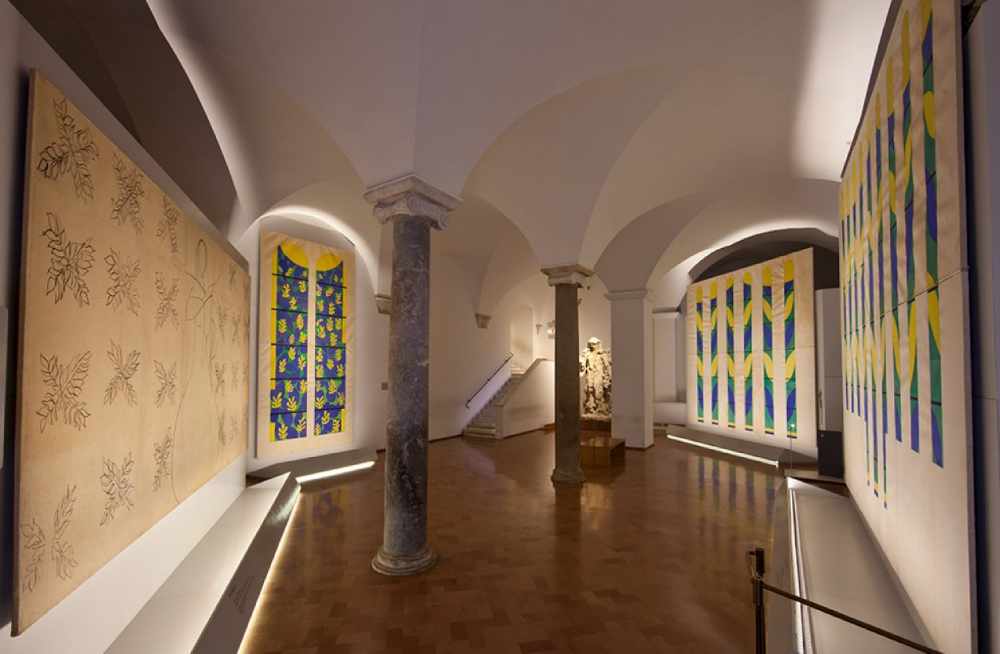
Rome’s heart holds Vatican City, evidence of how a tiny territory can hold immense global significance. The smallest country in the world occupies just 49 hectares (121 acres). This makes it smaller than many university campuses.
Vatican City History and Significance
The Vatican’s path to statehood ended in 1929 with the Lateran Treaty’s signing, which established it as an independent nation. This ecclesiastical state now serves as the Roman Catholic Church’s headquarters and houses humanity’s most precious artistic treasures. The state maintains its own banking system, radio station, postal service with approximately 800 residents. The Swiss Guard, Vatican’s dedicated security force, has protected the Pope since 1506.
Vatican City Top Attractions
The Vatican Museums display an extraordinary collection of over 70,000 pieces. Visitors can see approximately 20,000 pieces at any time. Key attractions include:
- St. Peter’s Basilica: The world’s largest church, featuring Michelangelo’s Pietà and Bernini’s stunning baldachin
- Sistine Chapel: Home to Michelangelo’s legendary ceiling frescoes, completed over four years
- Vatican Museums: Housing 54 galleries filled with masterpieces from the Renaissance period and ancient civilizations
Vatican City Travel Tips
Timing plays a significant role at this popular destination, which welcomes about 19,000 visitors daily. These tips ensure the best experience:
- Visit early morning or late evening to avoid peak crowds
- Dress appropriately – no bare shoulders, knees, or midriffs
- Book skip-the-line tickets in advance, especially during peak season
The Vatican Gardens cover nearly half the state’s territory and provide a peaceful retreat from the bustling museums. Visitors can explore these gardens through guided tours. The Pope holds regular audiences on Wednesdays when in residence.
Monaco

Monaco sparkles as one of the world’s smallest countries on the French Riviera. This glamorous microstate naturally blends luxury and tradition against the Mediterranean backdrop. The entire country covers just 2.02 square kilometers, making it a concentrated center of sophistication and rich culture.
Monaco’s Glamorous Attractions
The principality’s landmarks showcase a perfect mix of history and luxury:
- Casino de Monte-Carlo: A Belle Époque masterpiece designed by Charles Garnier
- Prince’s Palace: The Grimaldi family’s home since the 13th century welcomes visitors with daily guard changes at 11:55 AM
- Oceanographic Museum: Built in 1910, this museum houses over 6,000 marine specimens and an impressive shark lagoon
- Cathedral of Monaco: Grace Kelly’s final resting place serves as the site for royal ceremonies
Monaco Culture and Lifestyle
Mediterranean heritage shapes Monaco’s culture with strong French and Italian influences. The society values privacy, sophistication, and tradition. French remains the official language, but the government actively promotes native Monegasque language revival through bilingual street signs across the principality.
Art flourishes here through world-class institutions like the Monte Carlo Ballet and Opera that draw global talent. Local life follows formal and refined social etiquette, and residents value discretion and elegance.
Best Time to Visit Monaco
Spring or fall offers the best time to experience Monaco’s charm with pleasant temperatures and fewer crowds. The year brings exciting events:
- Spring: Monte Carlo Rolex Masters in April and the famous Formula One Grand Prix in May
- Summer: Monte Carlo Summer Festival and International Fireworks Festival light up July and August
- Fall: Monaco Yacht Show takes center stage in September
- Winter: Christmas Magic transforms Monte Carlo while Port Hercules offers open-air skating
Summer temperatures can reach the mid-20s Celsius. Winters stay mild with about seven hours of daily sunshine.
Nauru

Nauru, one of the world’s smallest independent republics, rises from the Pacific Ocean like a hidden gem. This tiny oval-shaped island nation spans just 21 square kilometers (8.1 square miles) and sits 55.95 kilometers south of the Equator. Few travelers have explored this remote paradise.
Nauru’s Unique Geography
Natural formation and human influence have shaped the island’s striking landscape. A narrow fertile coastal strip wraps around the island’s interior, measuring 150 to 300 meters wide. Command Ridge, the highest point, soars 71 meters above sea level and gives breathtaking views of the surrounding Pacific. Remarkable limestone pinnacles dot the island’s interior, reaching up to 15 meters. These formations create an almost otherworldly scene.
Nauru Cultural Experiences
The island’s rich heritage shines through its traditions and daily life:
- Traditional Arts: The Bwiema Dance showcases unity and community celebration
- Local Cuisine: Fresh seafood comes paired with coconut and tropical ingredients
- Community Interaction: A small population of 11,600 residents welcomes visitors with genuine cultural exchanges
Planning Your Nauru Visit
This remote paradise deserves thoughtful timing for your visit. Temperatures stay warm year-round, ranging between 30-35°C during daytime and settling around 25°C at night. March through October brings the best weather, while the monsoon season runs from November to February.
Getting to Nauru needs advance preparation. Flights mainly depart from Brisbane, with some connections from other Pacific islands. Your visa must be secured before arrival, and you’ll need:
- A passport valid for three months
- Confirmed hotel bookings or local sponsorship
- An onward/return ticket
The island has limited but charming places to stay. The Menen Hotel provides clean rooms with a friendly staff. Local guesthouses let you experience authentic island living. Getting around is simple – a 19-kilometer road circles the entire country. This makes exploration easy despite basic infrastructure.
Tuvalu
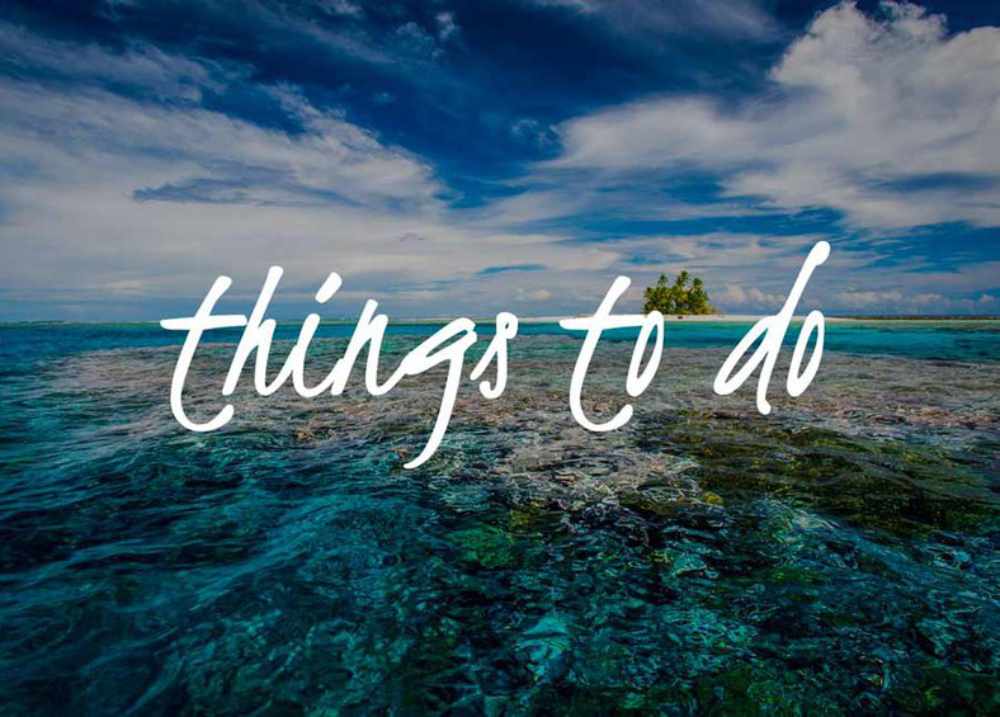
Tuvalu stands out as a string of pearls in the Pacific Ocean. This tiny nation consists of nine coral islands that create one of the world’s most authentic and untouched destinations.
Tuvalu Island Highlights
The peaceful nation fascinates visitors with its natural beauty that includes:
- Crystal-clear ocean stretches
- Beautiful lagoons and coral reefs
- Traditional Polynesian settlements
- World War II remnants with preserved underground bunkers
Funafuti, the main island, houses more than half of the country’s 6,000 residents. This Pacific paradise’s airport runway transforms into a community space. Locals play volleyball and children ride their bikes on it between scheduled flights.
Tuvalu Traditional Life
Polynesian culture and Christian traditions shape Tuvalu’s unique rhythm of life. The islands pause all activities at 6:45 each evening as people observe their devotion time. Cultural festivals bring the islands to life with traditional faitele dances that showcase Tuvaluan culture’s spirit.
Tuvaluans show their resilience through evolving traditions as they adapt to environmental challenges. Their Sunday feasts combine traditional dishes like taro in coconut cream with modern foods. This creates a unique culinary experience that shows their adaptability.
Getting to Tuvalu
This remote paradise needs careful planning to visit. Fiji Airways runs flights between Suva and Funafuti three times a week (Tuesdays, Thursdays, and Saturdays). Travelers must have:
- A passport valid for six months
- An onward/return ticket
- Proof of sufficient funds
- A visitor permit that costs AUD 100
The nation sees fewer than 1,000 tourists each year. This ensures an authentic experience away from crowded destinations. Simple facilities combine with Tuvaluan hospitality’s warmth to give visitors a rare look into one of the world’s most unique small nations.
San Marino
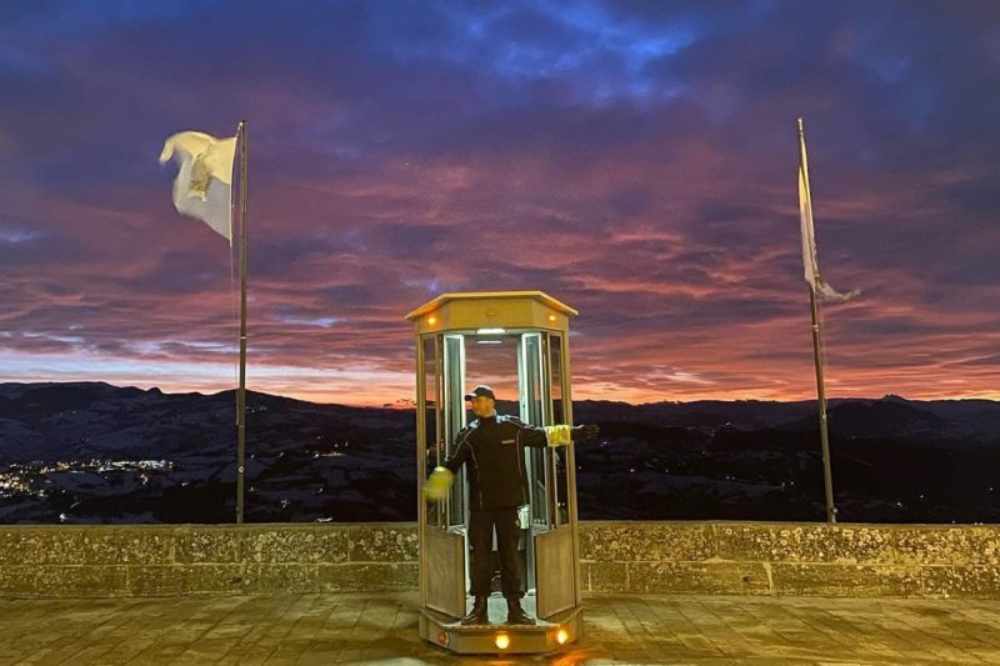
San Marino, the world’s oldest republic, sits majestically on Mount Titano. This tiny microstate spans just 61.2 square kilometers and has managed to keep its independence since 301 AD. This remarkable achievement shows its lasting commitment to freedom.
San Marino Historic Sites
The UNESCO-listed historic center features beautifully preserved medieval architecture. The neo-Gothic Palazzo Pubblico stands at its center, overlooking Piazza della Libertà. The world’s oldest democratic government still operates here. San Marino’s famous Three Towers crown Mount Titano’s peaks. These towers give visitors stunning views of the Adriatic coast and Apennine Mountains.
Key historic landmarks include:
- The First Tower (Guaita) from the 11th century
- The Second Tower (Cesta) with its Museum of Ancient Arms
- The Basilica di San Marino that holds the republic’s founder’s relics
San Marino Local Customs
San Marino’s culture runs on centuries-old traditions. The republic follows unique practices, including a system where two presidents switch power every six months. The Crossbow Federation, 67 years old, keeps medieval traditions alive through exciting tournaments and demonstrations.
Local life revolves around:
- Traditional festivals with crossbow competitions
- Roman Catholic celebrations at the historic Basilica
- Family-centered customs with strong Italian roots
San Marino Tourist Information
More than 3.2 million people visit this republic each year. They come for its rich heritage and tax-free shopping opportunities. A scenic cable car connects Borgo Maggiore to the historic center. The two-minute ride gives amazing views of the landscape.
Spring and fall are perfect times to visit when tourist numbers are lower. Summer brings medieval festivals to life. Winter transforms the place with Christmas markets and snow-covered towers. The historic center welcomes pedestrians, but visitors should prepare for plenty of steps because of the mountainous terrain.
Liechtenstein

Liechtenstein stands as a mountain principality between towering Alps and the Rhine River. Medieval castles watch over a scene of extraordinary natural beauty. This tiny nation nestled between Switzerland and Austria welcomes visitors with its unique blend of royal heritage and alpine adventure.
Liechtenstein Castle Tours
Vaduz Castle, the country’s most iconic landmark, has proudly stood atop the capital’s hillside for over 700 years. The castle serves as the Princely Family’s private residence, but visitors can enjoy breathtaking views after a 20-minute uphill walk. The principality takes pride in its five castles:
- Gutenberg Castle sits 70 meters above Balzers
- Schellenberg’s medieval ruins showcase both Upper and Lower Castles
- The enigmatic Wildschloss dates back to the 12th century
Liechtenstein Outdoor Activities
The mountainous terrain creates a natural playground for adventure seekers. Explorers can discover everything from gentle valley paths to challenging alpine routes across 400 kilometers of well-laid-out hiking trails. Malbun, the winter sports resort, features 23 kilometers of groomed slopes. The Sareis chairlift takes visitors up to 2,000 meters for stunning mountain views.
Liechtenstein Travel Guide
Swiss train stations in Buchs and Sargans provide bus access to this alpine jewel. Most travelers can experience major attractions in a day. Hiking enthusiasts might want to spend 2-3 days exploring the trails. The principality dazzles year-round:
Summer Highlights:
- The Liechtenstein Trail stretches 75 kilometers through all 11 municipalities
- Mountain biking and cycling routes follow the Rhine River
Winter Activities:
- Family-friendly ski slopes in Malbun
- Cross-country skiing adventures in Steg
Local busses accept contactless payments for convenient travel. Your ideal visit time depends on preferred activities. Summer beckons hikers while winter attracts snow sports enthusiasts. Spring and fall provide mild temperatures that make sightseeing pleasant.
Marshall Islands
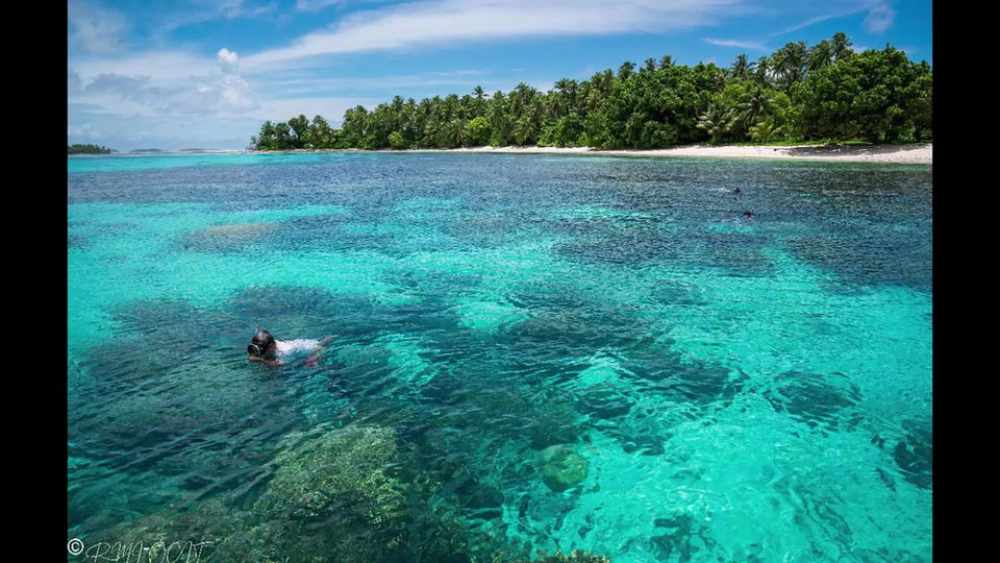
The Marshall Islands paint a picture of emerald jewels scattered across the Pacific Ocean. These coral atolls cover just 70 square miles of land but control an ocean territory of over 750,000 square miles – bigger than Mexico.
Marshall Islands Paradise Beaches
Paradise awaits visitors along the nation’s untouched coastline. Laura Beach shines as the region’s crown jewel. Its white sands meet turquoise waters that create perfect conditions for water sports. The peaceful Bokanbotin Island spans 7 acres of private paradise where visitors can watch baby reef sharks glide through crystal-clear waters.
Marshall Islands Culture
Strong family bonds and ancient traditions shape Marshallese society. Their distinctive matrilineal system ensures mothers pass down land ownership through generations. Extended families stick together – grandparents, aunts, uncles, and cousins create close communities that value sharing. Local artisans demonstrate remarkable skill by weaving intricate baskets, fans, and wall hangings from pandanus leaves and coconut fibers.
Marshall Islands Activities
The country’s marine wonderland lets visitors:
- Dive into 879 coral reefs with visibility up to 200 feet
- Sail and water ski in warm waters year-round
- Hop between 29 coral atolls
- Fish with local guides using traditional methods
Only 10,500 visitors come each year, which keeps experiences authentic in one of the world’s smallest nations. Majuro, the capital, welcomes adventurers as their first stop. Half of the country’s 60,000 residents call this city home.
Saint Kitts and Nevis
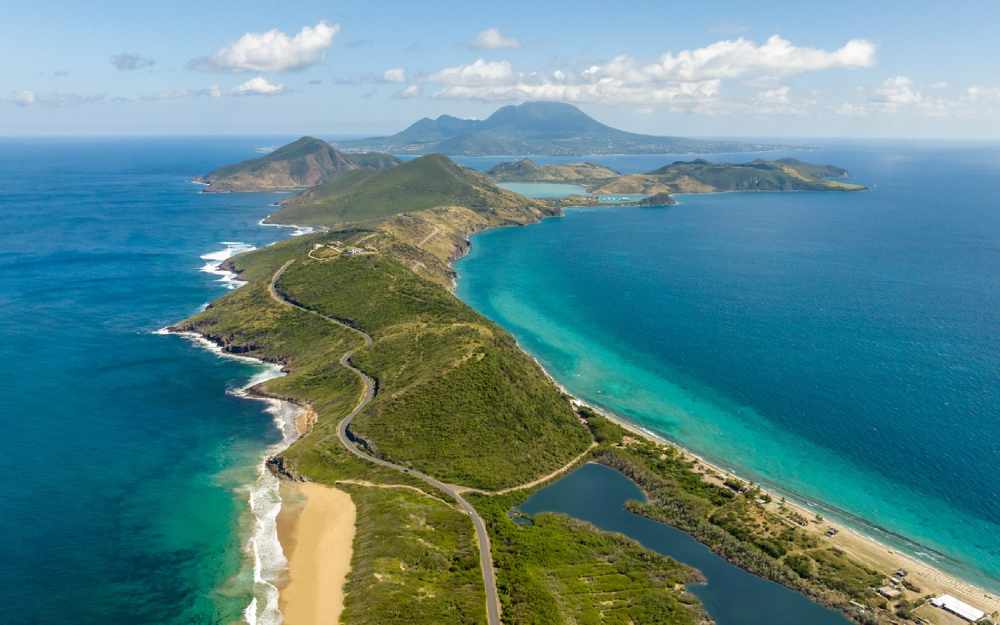
Saint Kitts and Nevis stands as one of the world’s smallest nations, created by the union of two enchanting islands. This beautiful federation combines Caribbean charm with British colonial heritage across its modest 261 square kilometers.
Saint Kitts and Nevis Beaches
You’ll find amazing beaches throughout the federation:
- Frigate Bay South: This social hub of Saint Kitts features “The Strip” – a lively stretch of beach bars that pulses with local music and Sunday barbecues
- Pinney’s Beach: A stunning 6.4-kilometer golden stretch on Nevis welcomes visitors with casual beach bars and food stalls that serve fresh-caught fish
- Cockleshell Bay: White sand extends almost 3 kilometers along this protected bay, giving you clear views across the Narrows to Nevis
Saint Kitts and Nevis Heritage
The islands’ history lives on through well-preserved sites and traditions. The Caribbean’s last working train, the Saint Kitts Scenic Railway, runs a 29-kilometer route through old sugar plantations. This historic railway started its journey in 1912, moving sugar to Basseterre’s central mill.
Bright green and blue trail markers guide visitors through Nevis’s Heritage Trail, connecting 25 historical sites. The island’s volcanic soil has created something unique – one of the world’s only growing rainforests that steadily reclaims abandoned sugar plantations.
Saint Kitts and Nevis Travel Tips
The islands welcome visitors throughout the year, with the Saint Kitts Music Festival bringing extra excitement each June. A week gives you plenty of time to explore both islands. Regular ferry services connect the islands, with adult tickets costing around EC$30.
Minibusses provide public transportation at EC$2.50 to EC$3.00 per person. Renting a car gives you more freedom to visit beaches and heritage sites. You can drive around Saint Kitts in just 35-45 minutes, making it easy to see multiple attractions in one day.
Maldives
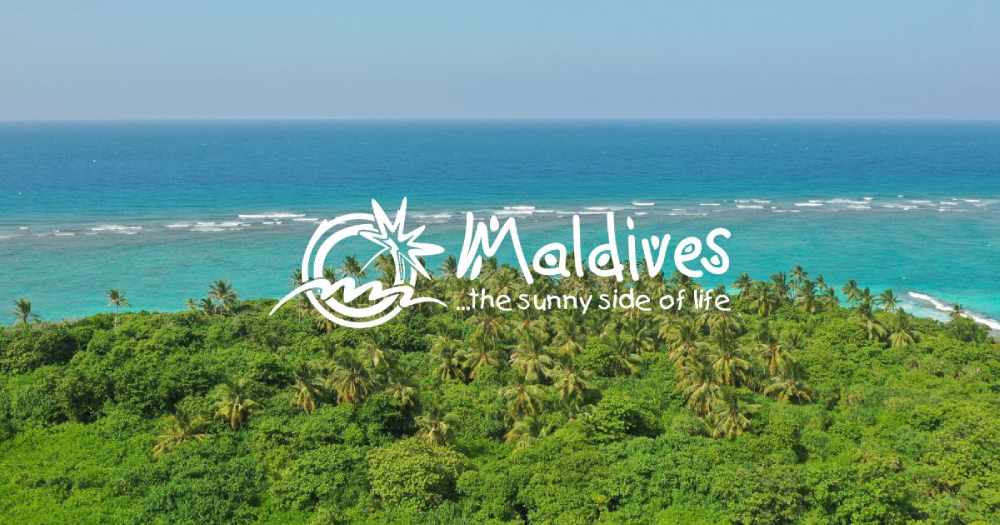
The Maldives stretches across 1,192 coral islands in the Indian Ocean. Its breathtaking landscape combines azure waters with white sandy beaches. Among these island jewels, only 200 are inhabited, making this nation one of the world’s smallest countries despite its big oceanic spread.
Maldives Luxury Resorts
The country features 174 private island resorts, each with its own character. Soneva Fushi leads the pack with the country’s biggest kids club. Guests enjoy free access to ice cream, chocolate, and cheese rooms. The resort combines innovative water villas equipped with water slides and wooden walkways that wind through jungle canopies to connect various dining spots.
Joali showcases 73 stunning villas that feature rose gold finishings and emerald marble showers. The magnificent Waldorf Astoria Ithaafushi houses 119 palatial villas and provides 11 dining choices, including an Australian-style grill led by a Michelin-starred chef.
Maldives Water Activities
The magic of Maldives lies beneath the surface, where visitors can discover:
- Turtles, sharks, and manta rays swimming in crystal-clear waters
- Whale shark encounters in designated zones
- Popular water sports like surfing, fishing, and paddleboarding
Maldives Travel Planning
Visitors should plan their trips between November and April to enjoy the dry season. Velana International Airport serves as the main gateway, with resort transfers available through:
- Seaplane services to distant atolls
- Speedboat rides to nearby resorts
- Domestic flights plus boat transfers
Resorts provide bicycles to help guests explore the islands, while butler service includes buggy transportation. Each season brings unique experiences. Between May and October, visitors can snorkel alongside hundreds of manta rays at Hanifaru Bay, a UNESCO Biosphere Reserve.
Malta
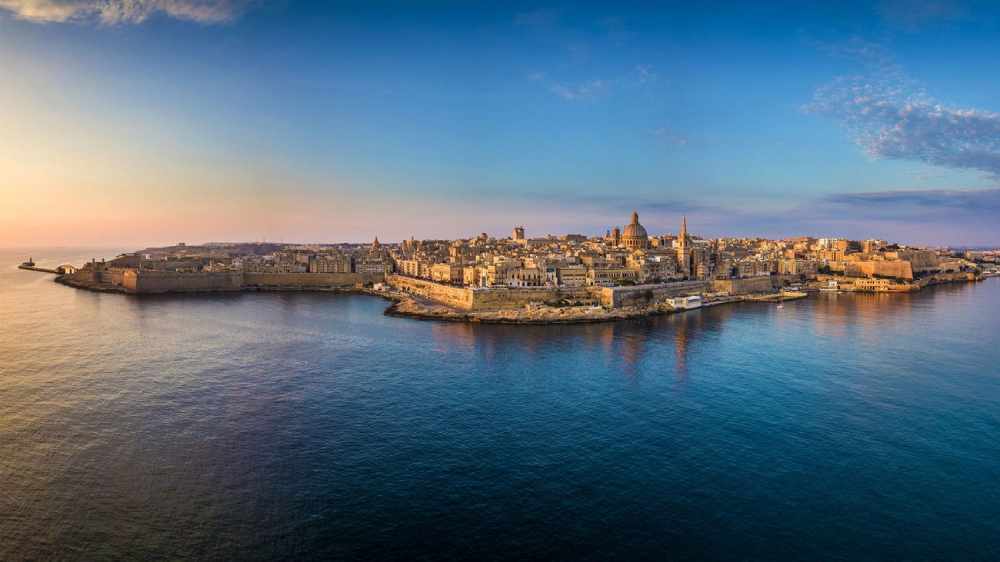
Malta, a small archipelago in the Mediterranean Sea, blends centuries of history with modern charm. This tiny country houses an astounding 359 churches within its borders, making it one of the densest concentrations of historical architecture on Earth.
Malta Historic Attractions
The archipelago’s heritage spans over 7,000 years, where prehistoric temples stand among medieval cities. Visitors can find the Ħal Saflieni Hypogeum, a 5000-year-old subterranean necropolis that archeologists found in 1902. This site provides a window into the island’s ancient past. Valletta, Europe’s smallest capital city, showcases historical treasures with its baroque architecture and centuries-old fortifications.
Malta Beach Life
The Maltese coastline provides diverse swimming spots, ranging from hidden coves to popular sandy beaches. Mellieha Bay, also called Ghadira Bay, remains the island’s largest sandy beach and features shallow waters ideal for families. The beaches stay safe as lifeguards patrol major spots from June through September. Water sports enthusiasts can enjoy crystal-clear Mediterranean waters that offer excellent visibility deep below the surface.
Malta Visitor Guide
A well-laid-out bus system makes traveling around Malta and Gozo surprisingly easy. Tourists can buy a 7-day bus pass for €21, which provides great value to explore the entire archipelago. The island’s cultural calendar brims with events, from traditional village festas to the Malta International Food Festival in early August.
Locals recommend avoiding swimming during rough weather conditions, though beaches remain generally safe. Malta’s people show genuine hospitality through their caring nature and love of sharing their culture. This small nation delivers experiences that compete with much larger countries, whether you’re learning about ancient temples, enjoying Mediterranean cuisine, or absorbing the island’s unique atmosphere.

